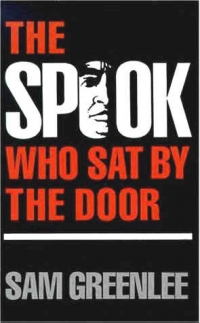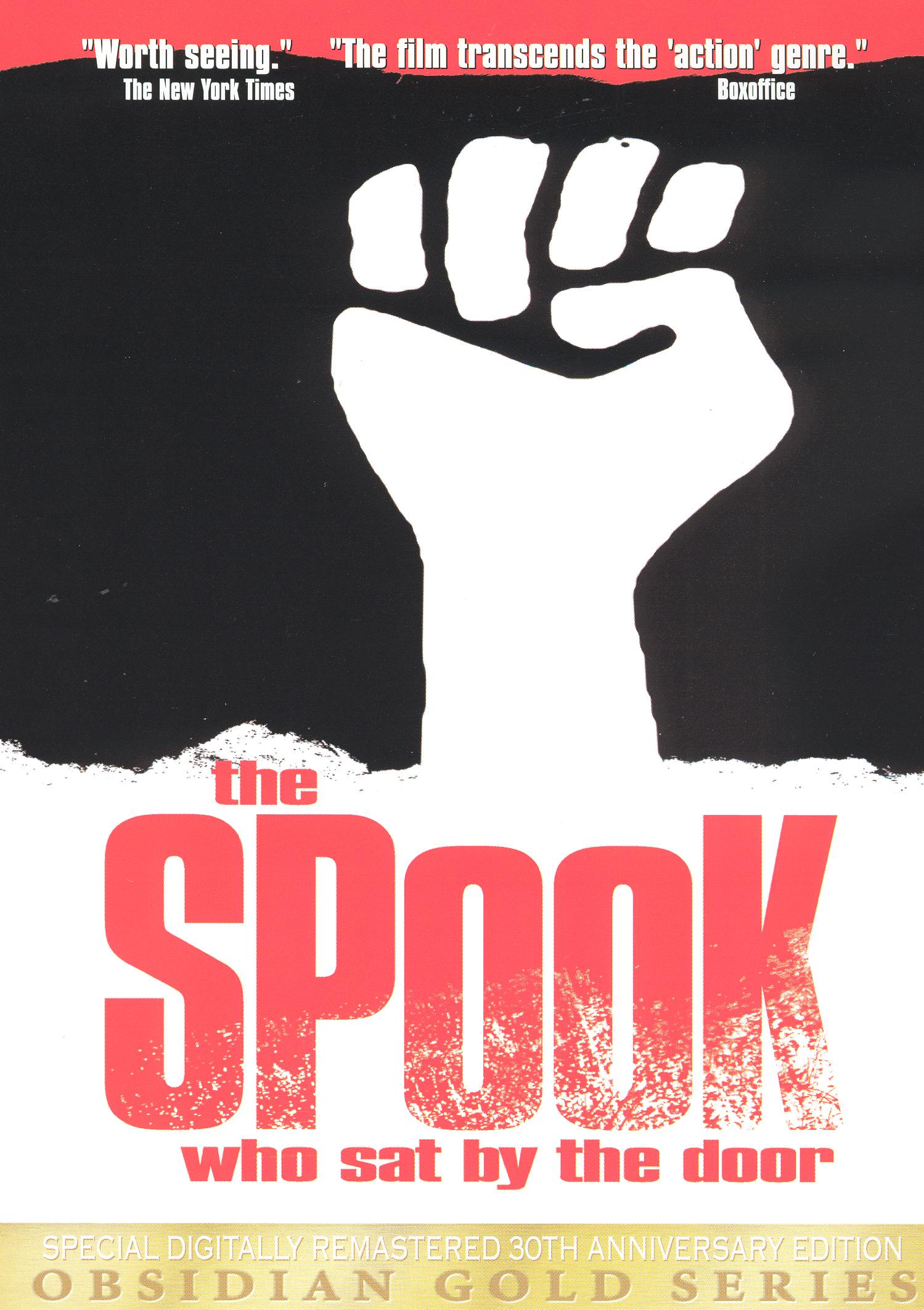

As a testament to its literary merit, the book has also been translated into several languages including German, Dutch, Finnish, Swedish, Italian, and Japanese.Ģ7204 West Eight Mile Road, Southfield, MI 48033ģ3 Bob Seger Dr, Village of Clarkston, MI 48348, USAģ62 Ivan Allen Jr Blvd. The piece of fiction has been continuously made available since 1968, and, throughout, has been reprinted several times and by at least three publishers: Allison & Busby in London, Richard W. Armed struggle had not yet begun, but I felt it inevitable in reaction to mounting police abuse.” After roughly 60 years, the fact that the same unrest ( #BlackLivesMatter) and issues ( police brutality) plagues US society continues to make “The Spook who Sat by the Door” relevant. “It was a time of severe unrest among the black community … and there was anti-racist activity throughout the nation. “It was the summer of the Watts rebellion, and I was convinced it was the harbinger of numerous other ‘riots,’” the author wrote. In an academic book that debated the novel’s literary merits, Greenlee revealed the book’s inspiration. The Spook Who Sat By the Door book cover artwork. As a tale of a reaction to the forces of oppression, this book is universal,” WSU Press describes the novel. “With its focus on the ‘militancy’ that characterized the Black Power movement of the 1960s and 1970s, this is the story of one man’s reaction to ruling-class hypocrisy in ways that make the novel autobiographical and personal. “The Spook who Sat by the Door” has been widely discussed and has been lauded as a critical commentary to the racial inequities of late 1960s United States. He becomes the pawn to drive the reelection of a liberal white senator who used Freeman as a “model minority” and poster child of CIA diversity. The novel follows the story of fictional character of Dan Freeman, who played football at Michigan State University, as he becomes the first Black CIA officer.

The Wayne State University (WSU) Press has reprinted the influential spy novel “The Spook who Sat by the Door” by Chicago-born Sam Greenlee and released it both as physical copies and as an ebook. Photo courtesy of The Chicago Literary Hall of Fame. It's a film that offers plenty of lessons, but ultimately little comfort.Samuel Eldred “Sam” Greenlee, Jr. "You're here to protect property, not lives." Even the moments of levity, which are not infrequent, are extraordinarily loaded, including a scene in which two men parody made-for-TV historical films about benevolent masters and grateful slaves, and a sequence in which a national guardsman is kidnapped, painted in blackface, dosed with LSD, and sent wheeling back to headquarters on a tricycle – before being shot in the chest. "The streets have to be kept safe," a Black police officer reasons to Freeman, who, unbeknownst to him, is trying to flip him to the cause. But once Dan Freeman (Lawrence Cook) completes his training and partners up with revolutionaries, the tone is ultimately sobering, structured as a methodical and damning critique of American racism. The opening scene, in which a white politician decides to wage a public relations campaign calling the CIA racist in a cynical ploy to gain Black voters, initially seems to suggest gonzo, Putney Swope-style satire. intervention in post-colonial countries to spin a tale about a man hired as a token Black CIA agent who flips and organizes a guerilla urban insurgency in the streets of Chicago and beyond. He began to write Spook in Mykonos in the mid-60s, drawing on his experiences in bureaucracy and propaganda at the front lines of U.S. In any case, it's impossible to conceive of a studio supporting what is effectively Black militant agitprop – an incendiary and uncompromising cry to organize and fight whose radicality remains undiminished.īefore he turned to writing, Greenlee had a background in government service, rising to the rank of first lieutenant in the army and serving in the United States Information Agency, which took him to Iraq, Pakistan, Indonesia, and Greece. It was a smart move: after the film was picked up for distribution by United Artists, the company allegedly caved to FBI pressure after the film's release and destroyed all the prints the negative only survived because Dixon stored it at the lab under another name. To bring his controversial novel to the screen, Greenlee became a producer, partnering with filmmaker Ivan Dixon to sell shares to predominantly Black investors. During a radio interview with Sam Greenlee, author of The Spook Who Sat by the Door, one of the hosts asks, "Now how did come about? Did they approach you?" "There wasn't no 'they!'" Greenlee shoots back.


 0 kommentar(er)
0 kommentar(er)
